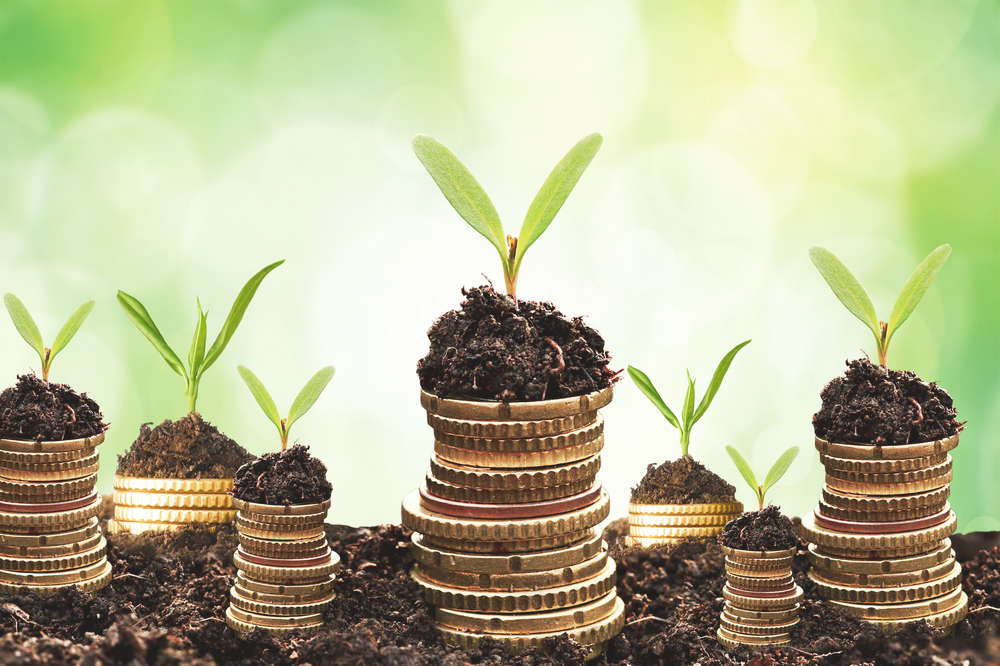Climate change is accepted as a major issue for Bangladesh due to its extreme environmental vulnerability to climate hazards irrespective of climate change. In Bangladesh, a deep interface between development cooperation and climate finance prevails.
Climate finance refers to local, national or transnational financing, which may be drawn from public, private and alternative sources of financing. Major financial investments – from both public and private sources and guided by smart and equitable policies – are required to transition the world’s economy to a low-carbon path, reduce greenhouse gas concentrations to safe levels, and build the resilience of vulnerable countries to climate change.
As one of the most vulnerable countries in the world to climate risk, there has been an intensification of activity on climate change in Bangladesh. An early connection was made to the impacts that climate change would make the development effort: aid is a significant feature of Bangladesh’s development spending with significant contributions from the EU and its member states. The Organization for Economic Cooperation and Development (OECD) estimated in 2003 that as much as 50 per cent of development assistance is in sectors potentially affected by climate change. Due to its vulnerability, Bangladesh was a suitable choice as a case study for the EDC 2020 study. The EDC 2020 study was established just as the financial aspects of climate change were beginning to be defined in terms of flows, institutions, and governance; issues at the heart of the relationship between development cooperation and climate finance. There were significant developments made to operationalize each of the new, country-based institutional funding arrangements during the last part of 2010. Two other developments will also bear on how actions take shape up to 2020. Bangladesh has had a period of significant economic development – a course which it intends will lead it to MIC status but over time could affect its favored status in the climate world as an LDC. Currently, Bangladesh is the largest LDC and so is well-placed to receive further funds under the FSF mechanism. The aid effectiveness agenda is just starting to frame relationships and activities on development cooperation.
Climate change threatens to undermine recent economic development in the country. Through good macroeconomic policies and a vigorous private sector, the country is maintaining a solid GDP growth rate 5.5 to 6 per cent annually and is resilient. It has been identified as one of the so-called ‘next 11 countries with basically promising outlooks for investment and future growth’. GDP has more than tripled in real terms and food production has increased three fold. Population growth rate has declined but the fertility rate decline seems to have plateaued so, with increased life expectancy, a reduced mortality rate and improvements in nutrition, a surging population could remain a challenge. HDI significantly improved and the percentage of people living below poverty declined from 59 per cent to 40 per cent between 1991 and 2005. But more than 50 million people still live in poverty and many live in remote or ecologically fragile places. The economy is vulnerable to external risks such as a weak global recovery, and a declining new outflow of migrant workers. Power shortage is one of the significant internal risks.
Read Saline Water intrusion in coastal part of Bangladesh by Sooha Tabil
Climate change needs to be seen as part of the bigger picture on development at all scales, and it presents new challenges on coordination and capacity. It is very difficult to ascertain who is doing what and where, and databases will need to be improved to cope with new requirements for Monitoring, Reporting and Verification. Within the EU and some member states, climate change programs are impacting on spending on the environment and there is some confusion about how far climate change should be handled separately in view of its close relationship with long-established investments on agriculture, food security and livelihoods, and Disaster Risk Reduction (DRR). Climate change is changing and modifying the development cooperation agenda in several ways:
1. Evolutionary approaches: some donors are evolving their development portfolios to accommodate climate change
- Step change in response to international political developments: as a result of international developments and the increased visibility of climate change challenges, representatives of development partners in Bangladesh are stepping up activities
- Response to country drivers – increased activity by the government of Bangladesh in addressing climate change is prompting donors to align their development work
- Response to donor country politics – the way that climate change is being handled by each development partner reflects the extent to which the donor Government works bilaterally or multilaterallyFor the government and development partners, there is a now a combination of circumstances that means this is a pivotal moment to ensure that the financing of climate change adaptation in Bangladesh gets established institutionally and starts to deliver a coherent pipeline of projects that are implemented on the ground. But, unless the Government of Bangladesh and development partners steps up together to act, there is a danger that momentum will dissipate and efforts continue to fragment. Implementation and delivery should be the new focus for effort.
Shooha Tabil
student, Bangladesh University of Engineering & Technology
